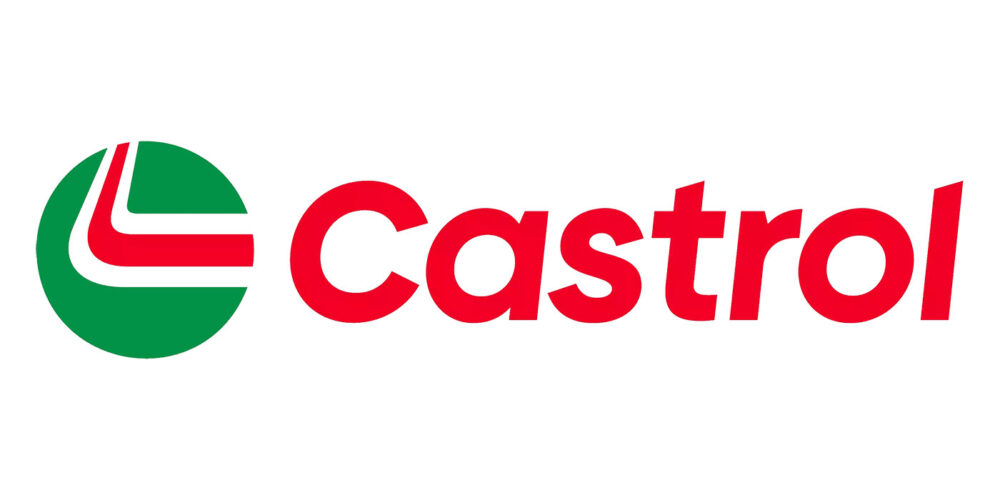Whenever I fuel up a vehicle these days, I automatically think about truck fleet operators. How can you possibly survive these high diesel fuel prices? This month, I’d like to discuss diesel fuel economy in hopes that I might say something which could help direct your thinking to improve your fleet’s fuel economy.
The first thing to consider is improving vehicular efficiency regardless of the type of operation. This is a broad category including such items as:
• Reducing rolling resistance
• Optimizing engine/driveline efficiency
• Developing good driving habits
The importance of rolling resistance cannot be overstated. Take great pains with vehicle wheel alignment, tire selection and tire inflation pressures. We used to run mileage contest vehicles over two steel plates that had grease between them. If the plates moved at all side-to-side, the tires were scuffing sideways, which meant extra rolling resistance. You might be amazed if you test this idea in your shop. We also used a straight rib tread and maximum tire inflation pressures. The more tire pressure the better, as far as fuel economy is concerned. Watch out for bent wheels.
Engines and drivelines are fairly well optimized from the factory these days, but you can always make minor improvements. Synthetic oils have slightly lower coefficients of friction so they are a good choice for transmissions and differentials. Try less viscous engine oils such as SAE 10W-30 to improve fuel economy. Engines tend to be more efficient when operated as warm as possible, providing the cooling system can control the temperatures without boiling over. Be careful not to overheat your engine. Engines are less efficient at higher RPMs because of what engineers call “pumping losses.” Try to keep engine RPMs as low as possible.
Driving habits can make a significant difference in fuel economy. Try using only as much accelerator as it takes to reach the required speed or pull the required load. Don’t “floor it” or stab the throttle. Shift as quickly as possible. Anticipate road changes that can adversely affect fuel economy. Try easing off the throttle a little when cresting a hill so you don’t come to the bottom of the hill at such a high speed. Don’t idle –– it only wastes fuel.
Now let’s discuss some improvements which are operation specific. First let’s look at P&D. Typically P&D operation entails more accelerating and braking than anything else. To accelerate any mass, F = ma. In other words, it takes more force (or horsepower) to accelerate a heavier weight (or mass). Try to do anything possible to minimize total vehicle weight. If speeds aren’t very high (less than 50-to-60 MPH), don’t worry about aerodynamics nearly as much as vehicle weight. Try some aluminum wheels.
In line-haul operation aerodynamic drag is more important than vehicular weight. Most line-haul vehicles seldom brake or accelerate. When pulling a “box” down the highway, anything you can do to smooth the flow of air will improve fuel economy. A lot has been done to improve air flow around the tractor and the front of the trailer. However, I would seriously consider the use of trailer “tails” and side skirts on dry vans. I’ve seen data indicating significant improvements in fuel economy.
Speed has a very significant effect on fuel economy. In fuel economy contests, I always ran as slow as the rules would allow. Aerodynamic drag increases linearly with speed at low speeds, but it increases with the square of the speed at typical highway speeds. I would stay below 65 MPH if possible these days to maximize fuel economy. This is particularly true if your vehicles don’t have good aerodynamics.
Well, I hope my comments have helped stimulate your thinking. Good luck!













